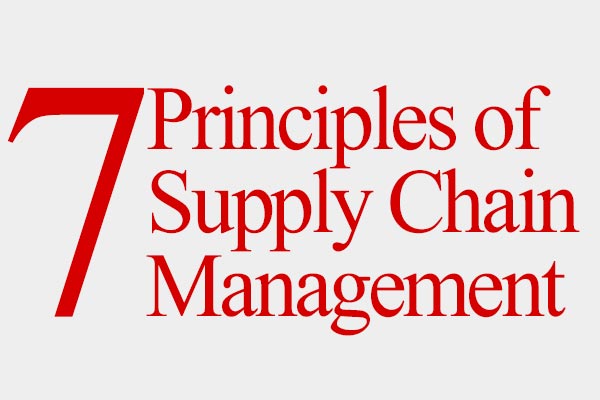Inside Pitman Creek: Re-design and consolidate for efficiency
A new system design allowed one of the country’s largest distributors of fishing lures to consolidate operations, increase throughput and lay the foundation for growth.
Pitman Creek Wholesale
Stanford, Kentucky
Size: 205,000 square feet plus an additional 40,000 square feet space in another facility
Throughput: Estimated 25 million units shipped in 2020
Products handled: Freshwater fishing lures as well as a selection of saltwater lures
SKUs: 30,000
Shifts per day/days per week: One 10-hour shift, 5 days a week; 2 shifts per day in February, March, April, May and June
Prior to building a new 205,000-square-foot facility in Stanford, Ky., Pitman Creek Wholesale’s operations were spread across multiple facilities. The new building consolidated most operations under one roof and streamlined fulfillment operations while preserving the best features of its existing processes.
Receiving
Pallets are unloaded in receiving (1) and staged for receipt processing (2). Once the contents have been verified against a packing slip, the receiving team enters the PO number into an iPad. That updates Pitman Creek’s accounting software, which in turn updates the warehouse management system (WMS).
Putaway
Once inventory has been received, an associate loads the boxes onto a manual conveyor. They are then placed into totes for storage and inducted onto the receiving conveyor (3). When the license plate label on a tote is automatically scanned, the WMS tells the warehouse control system (WCS) how to divert the box to the right zone in reserve storage (4), or, if there is an immediate need for replenishment, into the picking area (5). Once a box enters a zone, an associate loads it onto a cart and then completes the putaway function by scanning it into the right storage location. In reserve storage, product can be stored in pallet rack, flow rack and small bin locations depending on the product being stored.
Picking
The facility uses discrete picking or picking by order. Although a typical multi-line order might require items from four or five zones in the picking area (5), pickers are restricted to a specific zone. Each picker receives an order on their iPad, which serves as a mobile computer, and then works their way through the zone, picking to a tote those items in that zone that are required for an order. The fastest-moving items, referred to as high movers, are stored near induction points for the conveyor in flow rack (6) or on the floor (7), depending on the velocity of the item. At the end of the zone, they induct the tote onto the packing conveyor (8). Totes travel overhead to a circulating conveyor (9) until all of the totes required to fill an order are present and can be diverted to an available pack station (10).
Packing
A screen at the pack station tells the packer how many totes are required for the next order. The packer then scans the first tote to initiate the process. Once all of the items for an order have been packed, the box is placed on an upper level takeaway conveyor (11). Empty totes are placed on a lower level takeaway conveyor to be reused for future orders.
The box passes through a weighing and dimensioning station; that signals the shipping software to prepare a label. At the print and apply station (12), a label is automatically printed and applied. Boxes are then diverted to one of 21 shipping locations (13) where they are palletized, stretch-wrapped and staged for shipping. In most instances, orders are scheduled, pick and packed and out the door in 24 hours of receipt.

System suppliers:
- System Design: HOJ
- WMS: WarehouseOS
- WCS & System Integration: Lafayette Engineering
- Conveyor & Sortation: Hytrol
- Tablet-Based Mobile Computing & Scanning: Apple (iPads) and Socket Mobile (scanning)
- Fixed Scanning: SICK
- Lift Trucks: Crown













